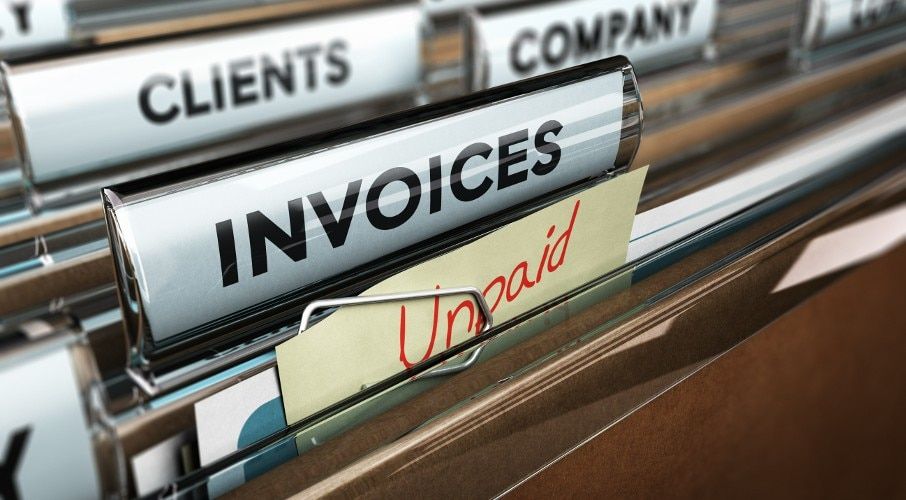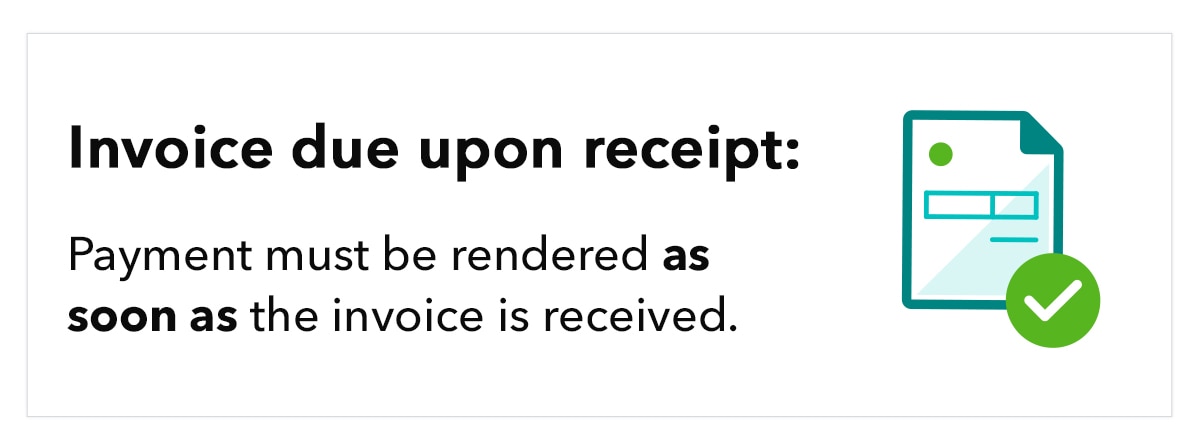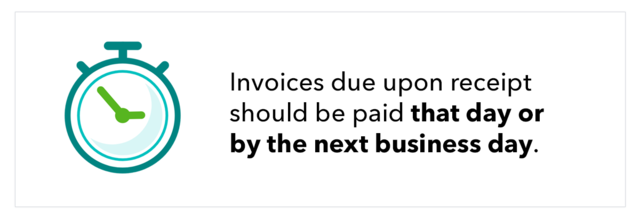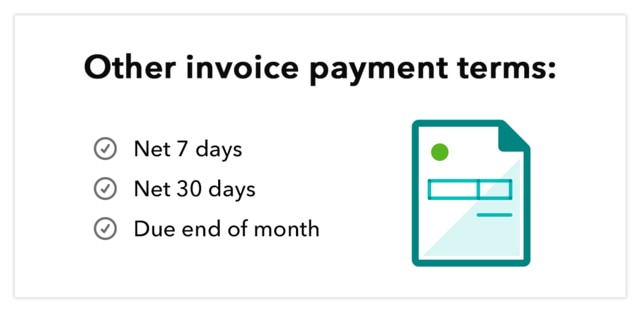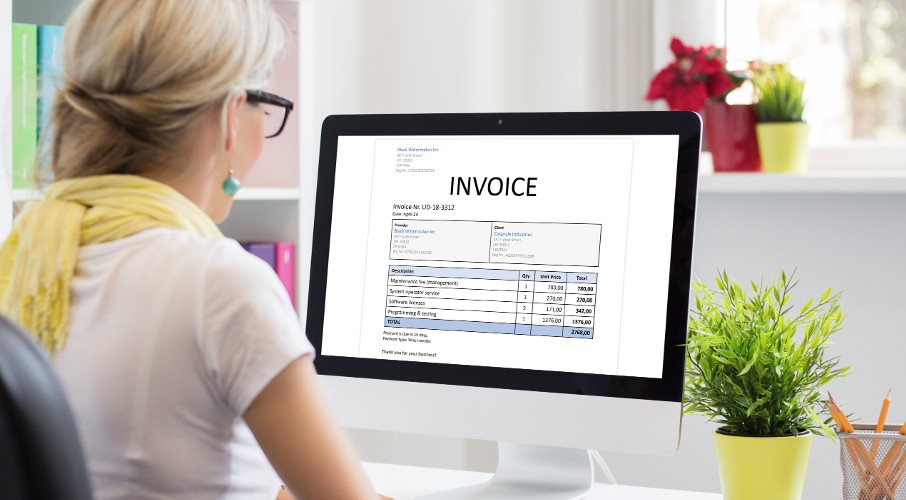It is understandable that you want to receive payment as soon as possible for the goods or services you’re providing, especially if you’ve been burnt before. After all, the purpose of running a business is to turn a profit by keeping money coming in.
However, one of the biggest challenges business owners face is dealing with late payments or sometimes even non-payment. Too often, clients can take days or even weeks to pay, which can put you in a compromising position if you’re strapped for cash.
One way to reduce this risk is by using the “due upon receipt” invoicing method. This method requires payment when the invoice is received, helping ensure you get paid immediately and avoid the hassle of chasing up outstanding payments. Use this guide to learn more about the pros and cons of invoices due upon receipt.










